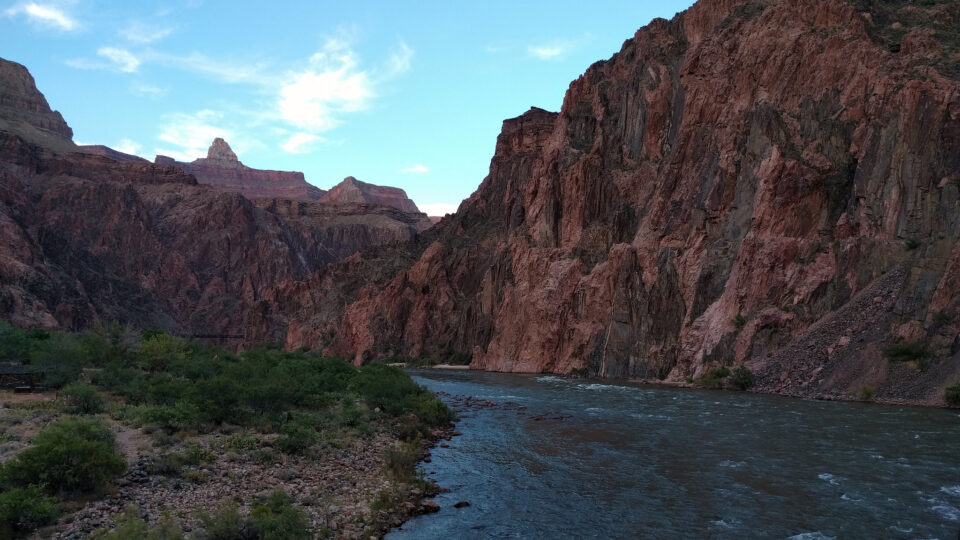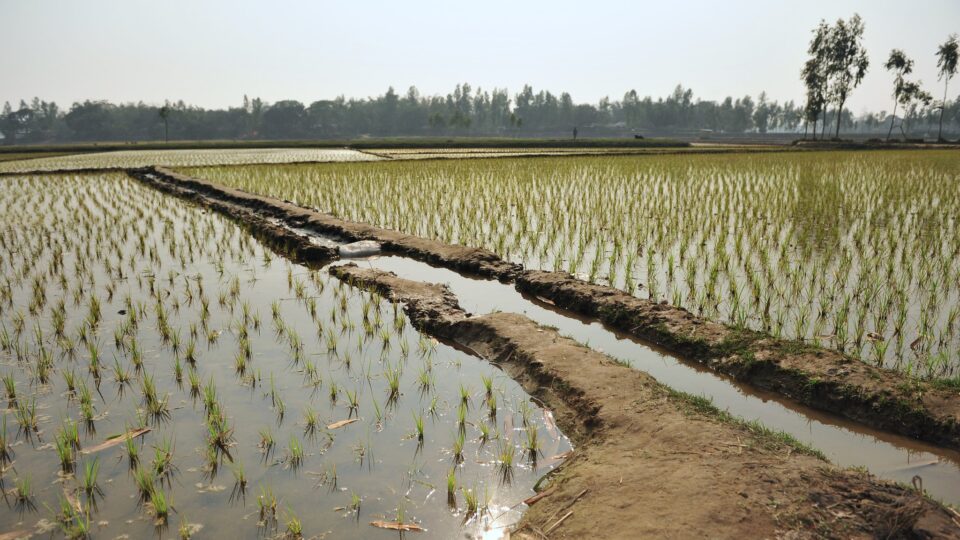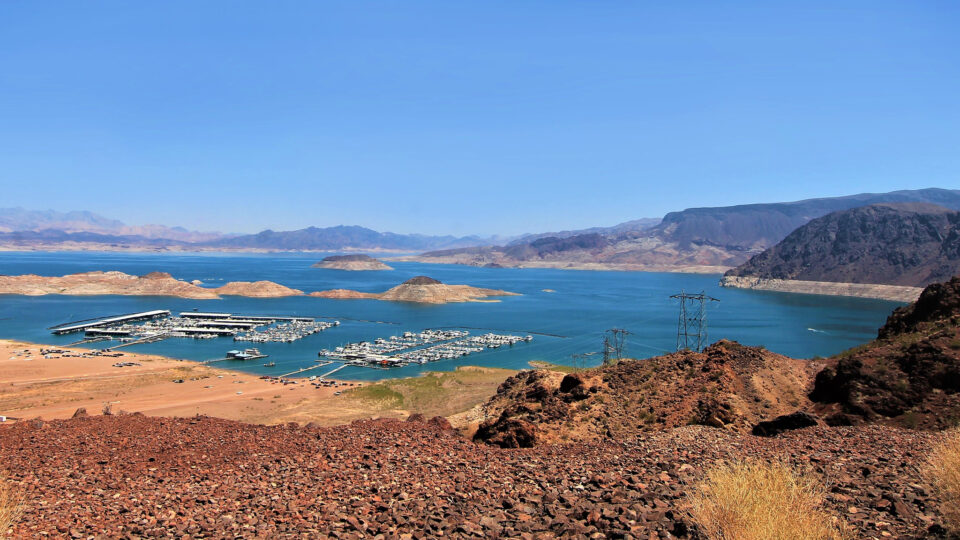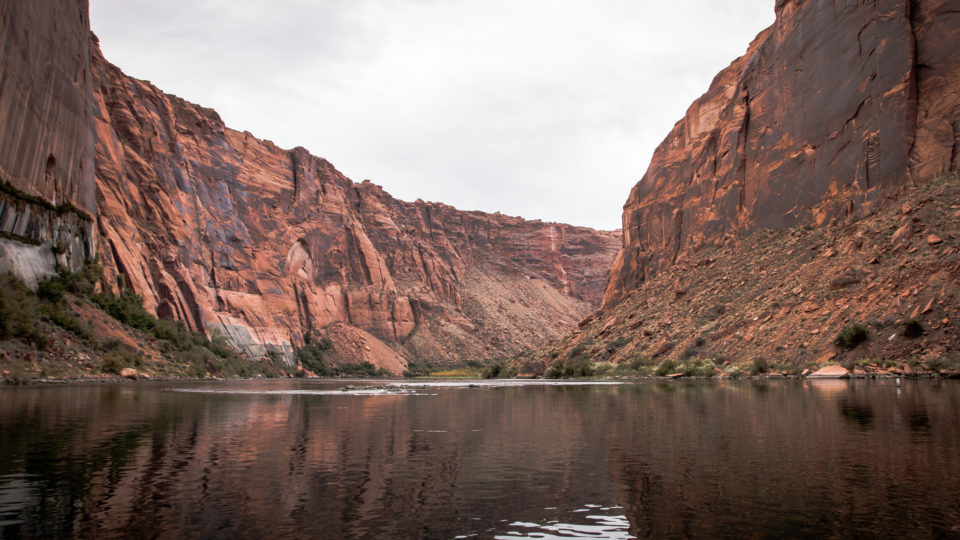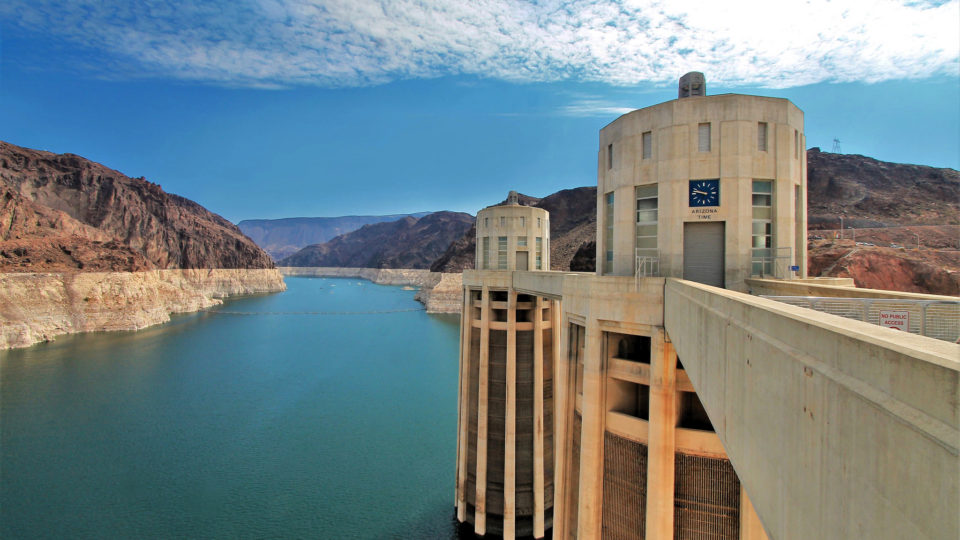The Colorado River supplies drinking water to 40 million Americans in seven states as well as to many Mexicans and provides irrigation to 5.5 million acres of farmland. Electricity generated by dams on the Colorado powers millions of homes and businesses in the West.
A combination of drought, population growth, and climate change has reduced the river’s flows by a third in recent years compared with historical averages. Further reductions could trigger a water and power catastrophe across the Western states.
California, Arizona, and Nevada all get water from Lake Mead, the reservoir formed by the Colorado at Hoover Dam. The Interior Department determines how much water each of these three states receives. The other states that use Colorado River water get it directly from the river and its tributaries. Last summer, water levels in Lake Mead and Lake Powell fell enough that officials feared that the hydroelectric turbines at the Colorado’s dams would soon cease functioning.
The three states have recently struck an agreement with the federal government to take less water from the Colorado. The reductions amount to about 13% of the total water use in the lower Colorado. The government will pay about $1.2 billion to irrigation districts, cities, and Native American tribes for temporarily using less water. The states have also agreed to make additional cuts to generate the total reductions needed to prevent the collapse of the river.
The agreement runs only through the end of 2026. At that point, all seven states that rely on the river – which includes Colorado, New Mexico, Utah, and Wyoming – may well be facing a deeper reckoning. The forces driving the decline of the Colorado are not going away.
**********
Web Links
A Breakthrough Deal to Keep the Colorado River From Going Dry, for Now
Photo, posted June 16, 2017, courtesy Karen and Brad Emerson via Flickr.
Earth Wise is a production of WAMC Northeast Public Radio
